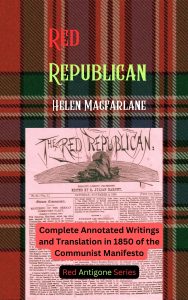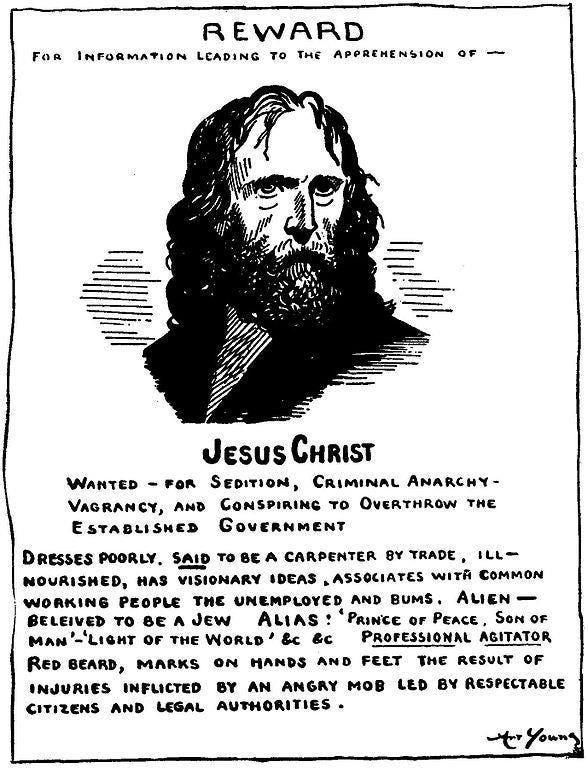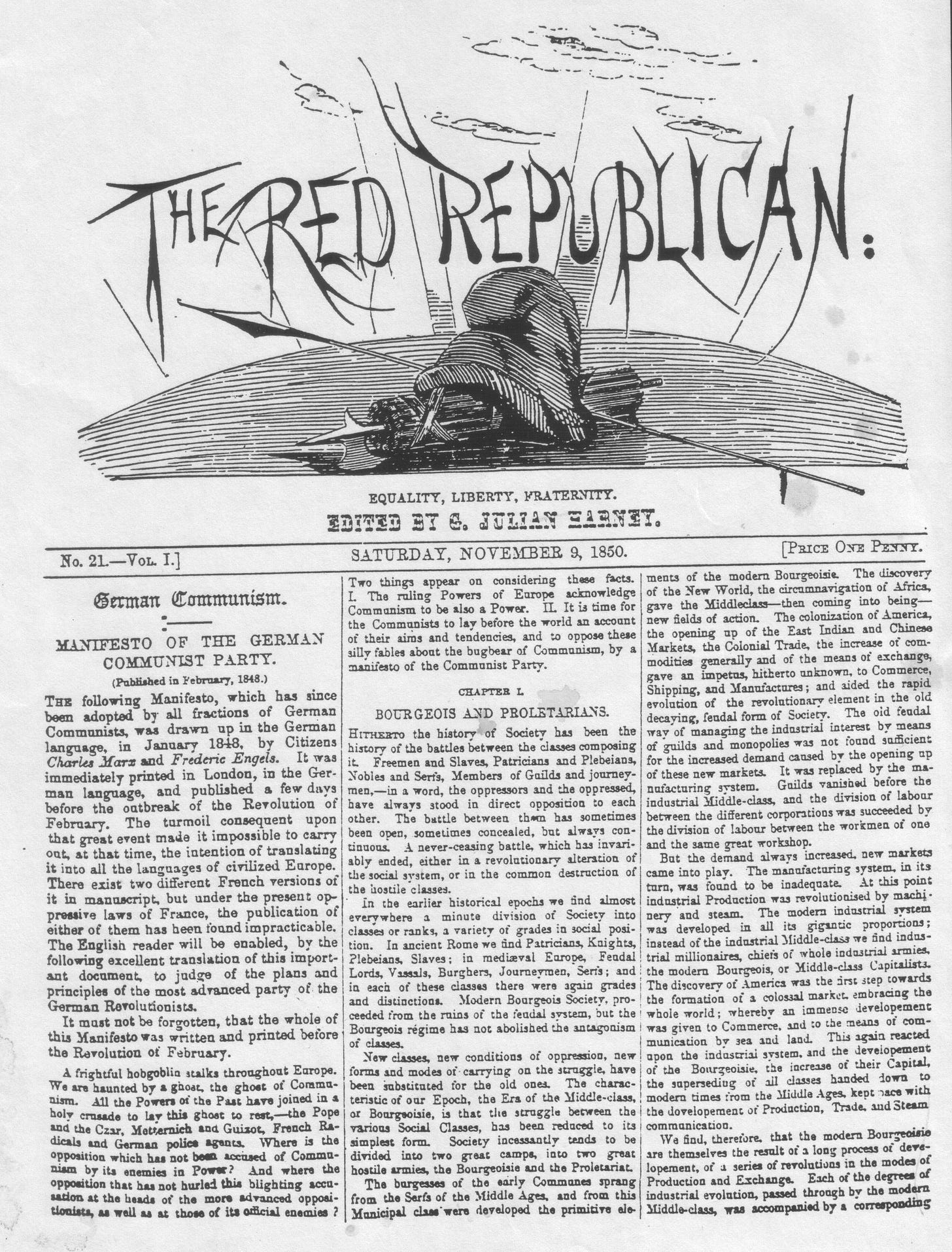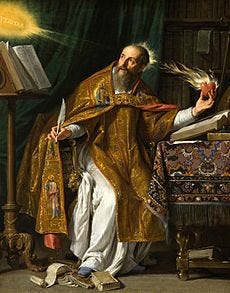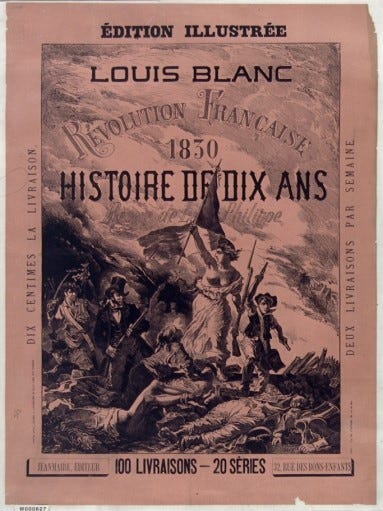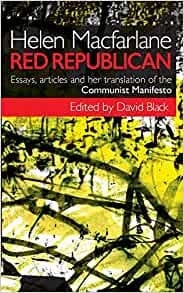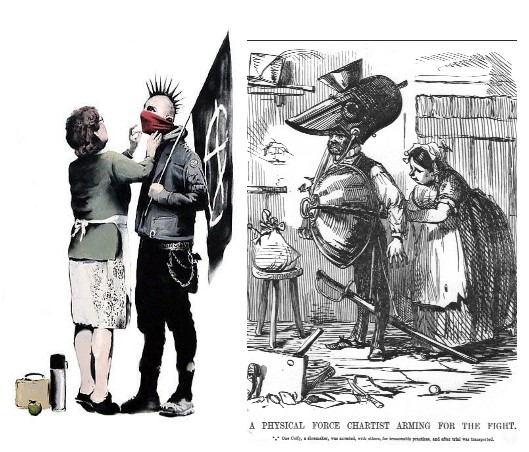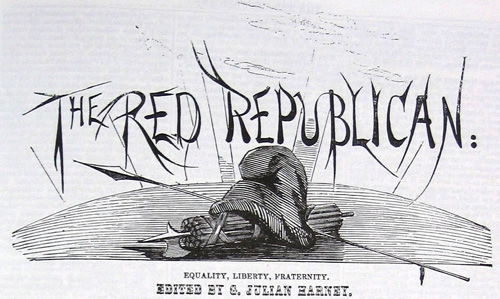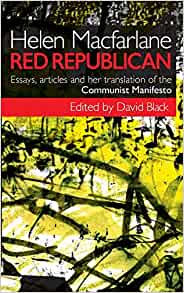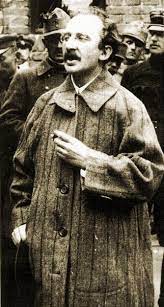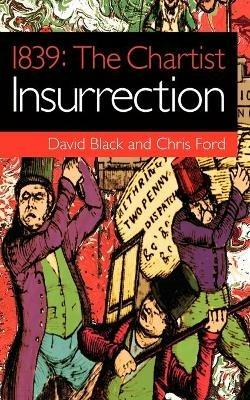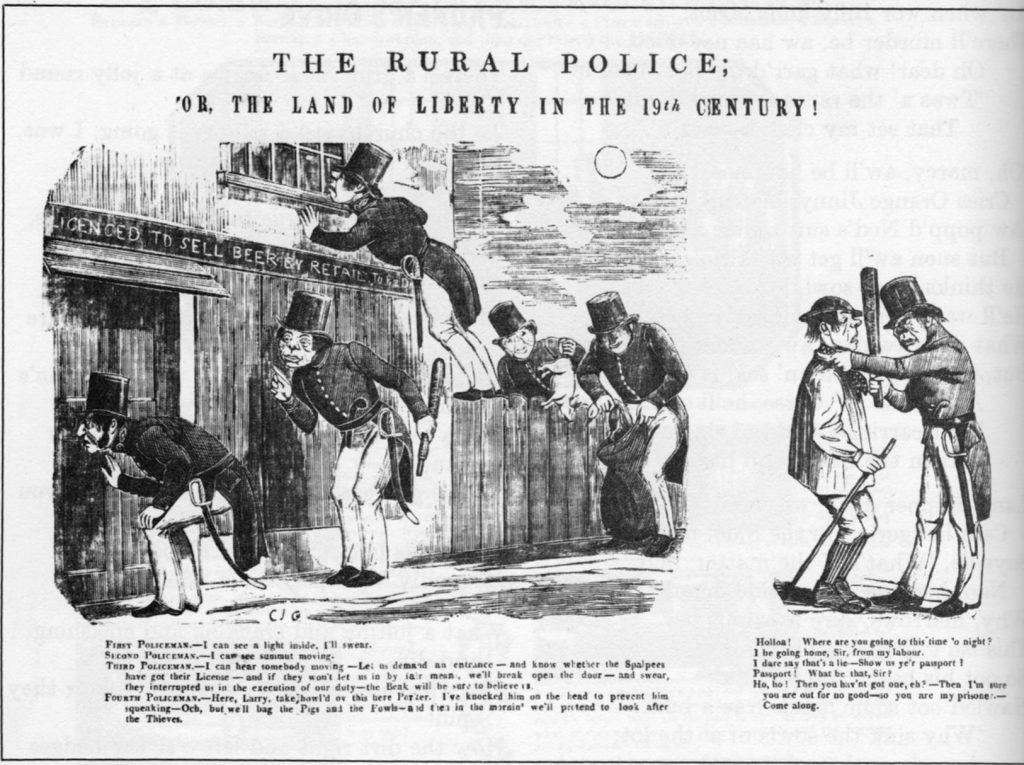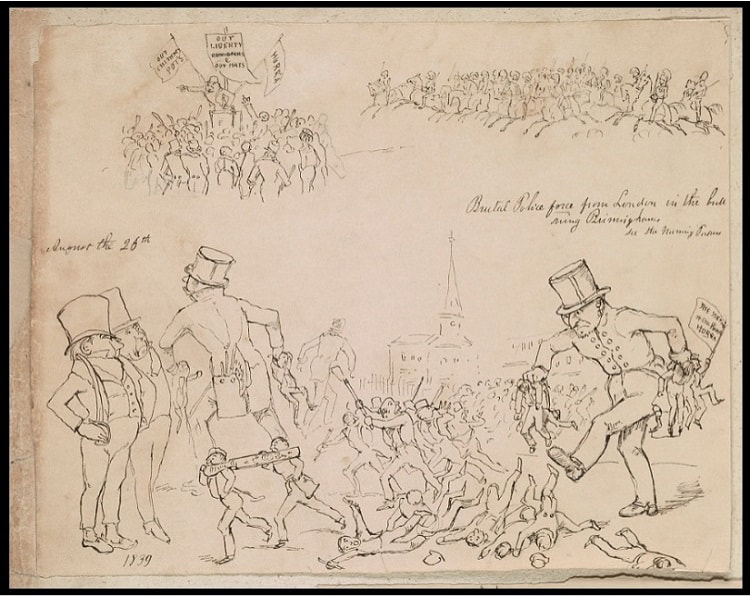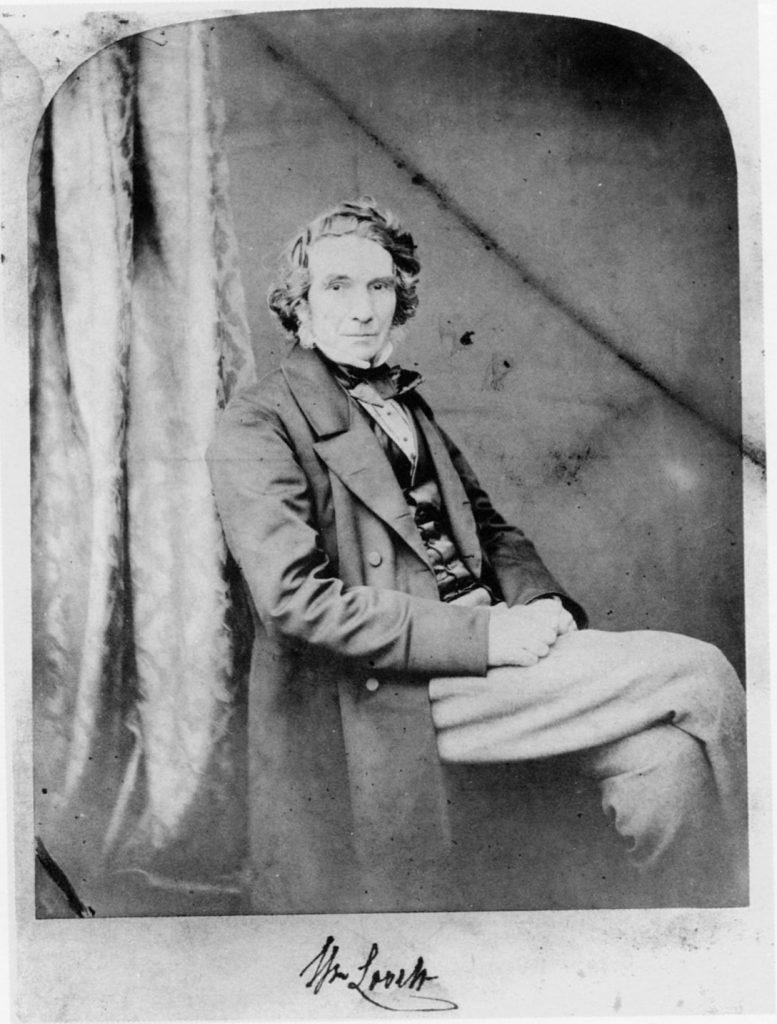 In a previous post about the publication of the new Penguin edition of Caliban Shrieks by Jack Hilton, I ran George Orwell’s Adelphi review in 1935, which described it as ‘witty and unusual’ presentation of ‘a genuinely working-class outlook… exceedingly rare and correspondingly important. As promised, here is my own review of the book .
In a previous post about the publication of the new Penguin edition of Caliban Shrieks by Jack Hilton, I ran George Orwell’s Adelphi review in 1935, which described it as ‘witty and unusual’ presentation of ‘a genuinely working-class outlook… exceedingly rare and correspondingly important. As promised, here is my own review of the book .
Caliban Shrieks by Jack Hilton, with hew introductions by Andrew McMillan and Jack Chadwick.
Penguin, March 2024
Reviewed by David Black
Jack Hilton’s Caliban Shrieks, now back in print after 90 years, is a forgotten ‘modernist’ classic. Breaking the mold of the ‘working class novel’ (such as Walter Greenwood’s Love on the Dole, published in 1933), Hilton’s narrative cracks along without any dialogue between characters and with no character development apart from the protagonist’s own and his circumstances. As George Orwell put it, the book ‘deals with its subject from the inside, and consequently it gives one, instead of a catalogue of facts relating to poverty, a vivid notion of what it feels like to be poor.’
The story begins in Oldham, Lancashire, where Hilton was born in 1900. As a victim of bullying in childhood, Hilton identifies with Shakespeare’s Caliban: an outcast treated as ‘A freckled whelp hag-born – not honour’d with a human shape.’
‘From about five I began to have contact with my species, and the thing I remember most was the cruelty of it,’ he writes. He is aware from any early age that his class is being miseducated and prepared for a war by those who wouldn’t have to fight it. Schoolteachers especially:
‘What impartiality we got for history! Stories about little drummer boys’ valour, the minstrel boy and hearts of oak. The horrors of the Black Hole of Calcutta, the glory of Nelson and Drake’s game of tiddlywinks – or was it bowls? ‘
Being too young for the army (as a 14 year-old apprentice at the start of the First World War), Hilton’s Caliban does a run of factory jobs. Of the ‘blasted reality in a cotton mill’, he writes:
‘Four walls, caged captivity, hellish noise, wheels going round, motion, speed, punches up the posterior to acclimatise you (golly, Mr Millowner’s daughter, marry me quick before I lose heart!)…What a price to pay for prestige; cotton the world and ruin the child! I was unbritish, got rebellious and, after a leathering from the jobber, ultimately fired as hopeless, much to my future benefit.’
In a subsequent job, as a washer turner on piece-work, Caliban learns the tricks of the trade:
‘Many were the times I took my gross of washers to the store room, had them booked and stole back with them under my bib. Such were the results of my earlier christian training.’
With the new war economy, workers become more ‘valued’ as national assets and thus less easy to sack:
‘As this dawned on me, my suppressed hatred of the browbeating foreman class, from whom I had received so much callousness, took concrete expression; I belted the old foreman…’
Caliban gets away with it and ‘escapes’ the factory by getting a job on the railway. This comes with the condition attached that he can only leave by joining the army, which he does in 1918. His reasons for doing so are attributed to a general ‘collapse of the youthful mind’ in the face of ‘jingo ditties’ and ‘Hang the Kaiser’ exhortations:
‘It had to be done, there was no escape…Played to the station, at the district barracks first barrage from a peppery colonel, given a regiment, a night at home, introduction to a tart, off the following day for training.’
Caliban describes his induction, training and embarkation in preparation for the ‘madhouse lunacy’ of trench warfare:
‘What honour had we on March 21st 1918? Five hours of fog, gas, cannonade, then attacked by mass hordes of beastly blondes. Dug in, yes, but not invincible, put on the run by overwhelming odds. Yes, British pluck on the run, demoralised, licked to a frazzle, from orderly retreat to a panic; yes, a panic born out of the hellish attack, too much for any human endurance. Civilisation, religion, what beastly tricks you get up to. Bow your heads in shame.’
Back from War, which he doen’t dwell on further, Caliban educates himself. Firstly by attending political debates:
‘Gallantry and British patriotism versus cowardice and conscientious objectionism seemed to be the two combating groups. Peculiarly, I was a freak in their midst, a silver-badger supporting with vote and energy labour pacifism. Oh yes, there was a reason; as a kid I’d had many pastings for carrying the coloured favours of socialism, Dad happened to be one, so I could not go over to the blue bloods. Nevertheless politics were to be the school whereby I grew a little out of my ignorance.’
Caliban’s intellectual curiousity even extends to an interest in the dismal pseudo-science of eugenics. But on reading further Caliban reflects that he shares too many of the traits in homo sapien types which the eugenicists, in their quest for ‘purity’, want to get rid of (by stopping them from breeding at the very least). Therefore, Caliban knows that by eugenic standards he can never be part of the ‘intelligentsia of culture… the super select race of oligarchic proportions’ (also, with an interest in sex and marriage, he is disinclined to comply by committing voluntary euthanasia or getting a vasectomy).
Having itchy feet in depression-hit Lancashire, Caliban hits the road and heads south. On his travels he gets to see those grand old British institutions associated with the tramping profession: the Sally-Army sixpence-a-night flophouse, the workhouse (a.k.a. the ‘spike’), the flea-ridden boarding house, and the unwelcoming rectory run by the Tory god-botherer who thinks bread, margarine and stewed tea are a just reward for a day’s work. On life ‘underneath the arches’ of London he writes:
‘London, the Embankment, the Charing Cross and Waterloo of life’s incompatibles… The home away from home, the killer of egoism, the gathering of affinities. .. All ‘stoney’, all on the level, all can prate about their pasts, few so foolish as to speculate as to their future success. Out of gaols, out of spike; out of works, out of respects, but all accepting this long promenade’s hospitality in preference to that of the one big union – the workhouse.’
Returning to Lancashire, Caliban, teams up with like-minded friends and turns to organising:
‘We lounge and walk, often look for work we now know intuitively is non-existent. We get somehow or other drawn to what is known as ‘working for a cause’. The cause of the unemployed, the cause of ourselves, the neglected and the despised, the unwashed, exploited by all political parties – yes, all I say, bar no one. They all take advantage of our misery.’
Caliban never gets to encounter any member of ruling class up-close, but he knows the mediating social strata (petit-bourgeois), those bastard descendents of Ariel who weave the spells of ideology and subservience to authority.
‘Civil certainly, but what’s it all mean? Understrapper servility, holy-Michael piety, meekness, watch your step, every step, a life sentence to orthodoxy. Stupid pawns, robots, unimportant pigmies, bowing, scraping, never getting within a thousand miles of the oligarchy you serve.’
Caliban finds escape In the Rochdale Public Library:
‘Great pages of philosophy, science, history, and antiquity, written by men of all times, could be got from the libraries and by this method, at least, minds could be in communion with those whose environments were opposite. It is from these I got a rough cynical bite into the trousers seat of banality. I had suffered much from my lack of erudition, had often been made the butt of the petty supercilious wits. I was unabashed, undaunted and condemned everyone.’
Caliban’s efforts to organise unemployed workers are stymied by politicians (opportunist Labourites, the centrists of the Independent Labour Party – ‘Inflated Little Pawns’ he calls them – fanatical and disruptive ‘Third Period’ Stalinists and undercover police.
‘The police showed plenty of tact, but the hungry groups of famished men acted like the beasts that poverty makes them. Here and there, there were small riots, disturbances were common. Even our group of half-inchers, more like fogged idealists, got in a scrape. Of course we were guilty: vile language was used, windows were broken, stones were thrown, assaults were committed. A mob was unleashed: it was angry, it was hungry, it had been underfed. Arrests were made. The evidence and the breaches of the law justified them. BUT the enforcement of the law does not remove the cause, it merely deals with effects.’
And so Caliban is remanded in Strangeways prison. There is a lot described in Caliban Shrieks which has fortunately passed into history, such as the work house and the means-test for the unemployed. One institution that is still with us, however, is the prison system (in 1934 the UK prison population was about 15,000; In 2024 it is over 100,000. What else is new?). Hilton’s account of his imprisonment is, as Orwell put it, ‘delivered with an extraordinary absence of malice’.
Jack Chadwick explains in his introduction that ‘Upon release he was bound over, barred from speaking for his cause for three years. Pen and pad became the only outlet for the voice he’d learned to wield just as well as any rosette-wearing Prospero.’
Shakespeare’s Caliban curses his exile by Prospero (‘In this hard rock, whiles you do keep from me The rest o’th’island.’) ‘You taught me language, and my profit on’t is I know how to curse. The red plague rid you. For learning me your language!’ The ‘hard rock’ in Hilton’s tale is the class structure he can’t escape from.
As for the language of the 20th century Caliban, as Jack Chadwick puts, ‘Really, our Caliban had taught himself the language of the masters, at a time when the Prosperos of the industrial world had run out of profitable uses for their servants.’
Chadwick, a 28-year-old bartender and aspiring writer, discovered Caliban Shrieks while visiting Salford’s Working Class Movement Library. Chadwick tracked down Hilton’s lost heirs and secured the rights, on condition he’d get the writings republished. Chadwick got a deal with Penguin, which has just published it. It has been hailed by the New Yorker as a ;lost literary masterpiece;, whilst the Guardian, striking a typically snotty pose, judges that whatever its merits, it was ‘the eccentric form and chaotic style that doomed it.’
Chadwick’s assessment is more tantalising:
“Caliban Shrieks has this unique quality that I hadn’t come across before and I found it so compelling,” Chadwick told the Independent. “It’s so raw, it feels like it’s coming to you from across the pub table.”

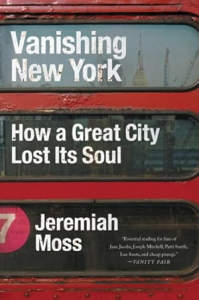
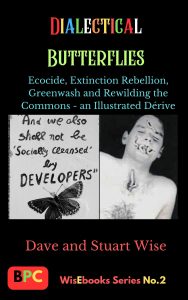


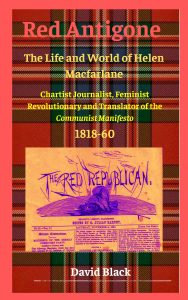 By David Black
By David Black
